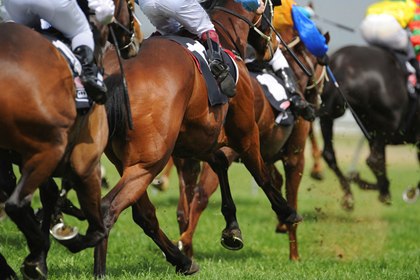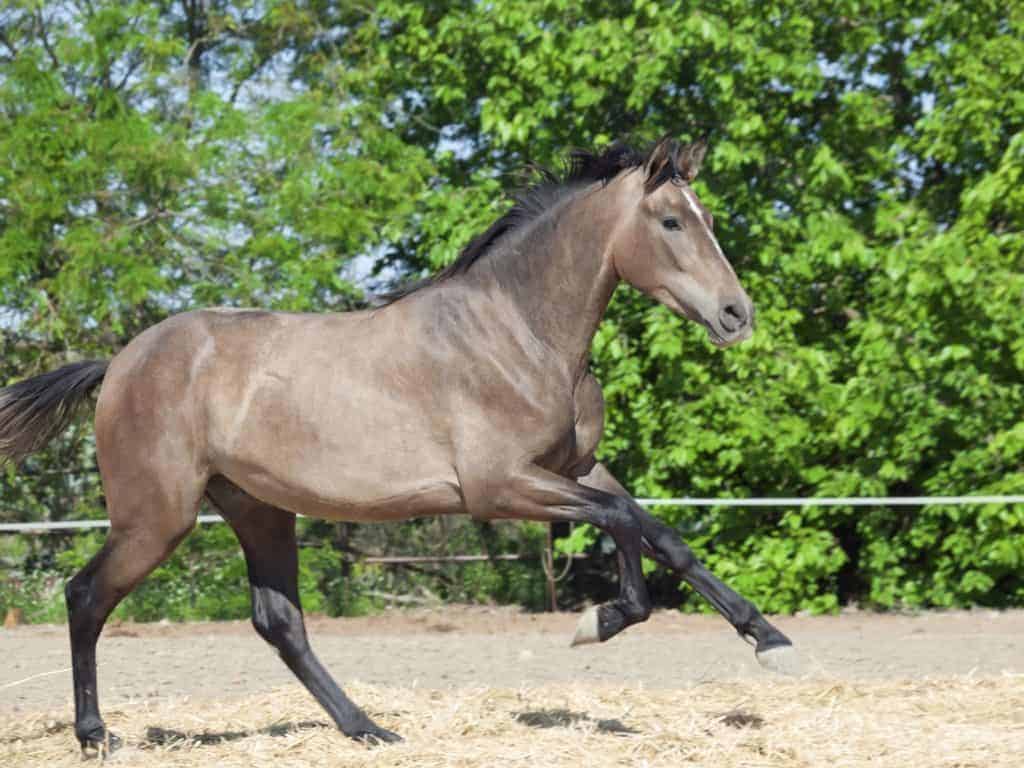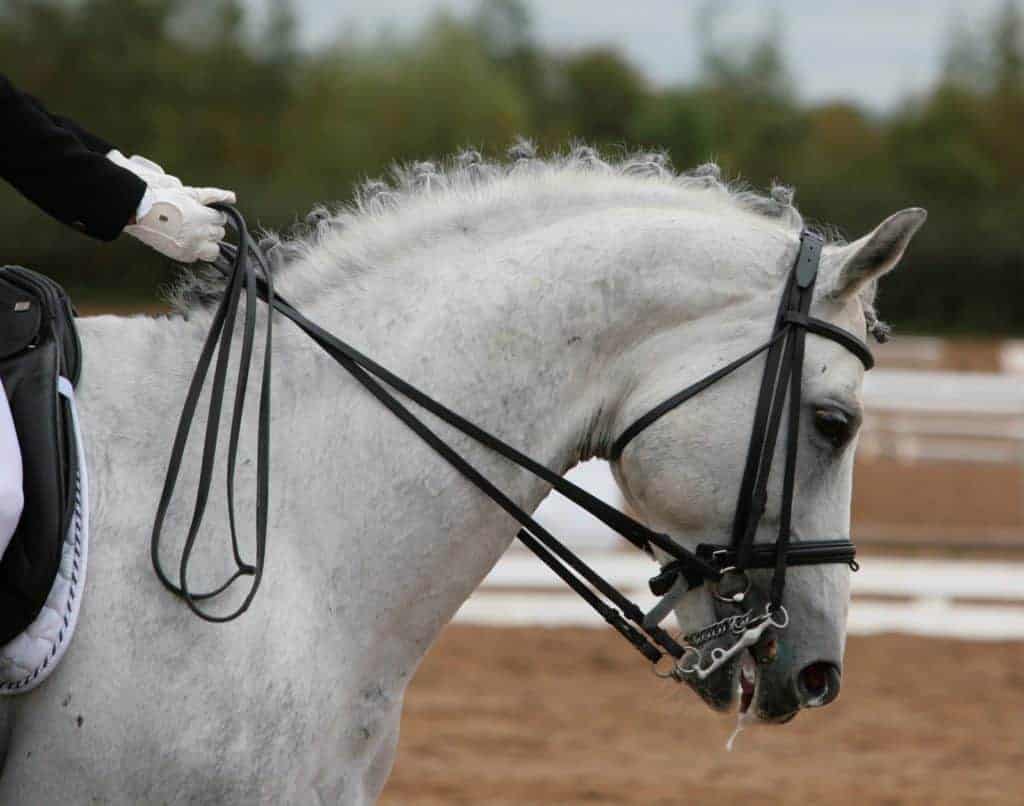
Second Saddle Research Trust Conference Held in England
Researchers examined, discussed, and debated the latest research on saddle-related welfare and performance issues.

Researchers examined, discussed, and debated the latest research on saddle-related welfare and performance issues.

Equine complementary therapies, such as chiropractic and acupuncture, are more popular than ever. Learn how they might help your horse’s health and performance.

From feeding and training to shoeing and warm-up protocols, learn how to keep your dressage horse fit to perform.

Good leg conformation in a horse is a must if that animal is to remain serviceably sound for performance.

Learn about how horse joints work and how you can keep your horse’s joints healthy with this step-by-step visual guide.

Have you ever wondered how a veterinarian would train and develop a horse? Find out from a veterinarian who’s also a Grand Prix dressage trainer and clinician.

Because each hock lameness case is unique, it isn’t always easy to pinpoint the cause of the unsoundness.

Injuries to the top of the rear cannon bone are some of the most difficult to diagnose.

Veterinarians have tools to help them make educated judgments about lamenesses, their causes, and prognoses.

A combination of mesenchymal stem cells and gene therapy reduced osteoarthritis progression in one model.

One of the most common sites of catastrophic injuries in Thoroughbred racehorses is the fetlock.

Researchers are striving to better understand the balance between tolerable and excessive bone damage.

It’s time to take a step back and review the specialized structure and function of the equine body.

Equids (horses, asses, and zebras) are the only animals that sleep standing up.

Researchers evaluated the activity of three muscles when horses worked in different head and neck positions.

Learn about equine muscle metabolism and how equine muscle mass is regulated.
Stay on top of the most recent Horse Health news with
Notifications